
Nearly 64% of All Bottled Water in America Is Just Tap Water. These Are the Brands.
The Hidden Dangers Inside Bottled Water: What You’re Really Drinking
Ever taken a long, refreshing sip of bottled water, convinced you’re fueling your body with pure, untouched hydration? For many, bottled water represents cleanliness, convenience, and safety—an escape from the uncertainty of tap water. But mounting evidence is revealing a very different story. Behind the sleek packaging and reassuring marketing, bottled water often carries with it invisible companions: chemicals, microplastics, and even traces of pharmaceuticals. What appears to be pristine H₂O may actually be a complex chemical cocktail.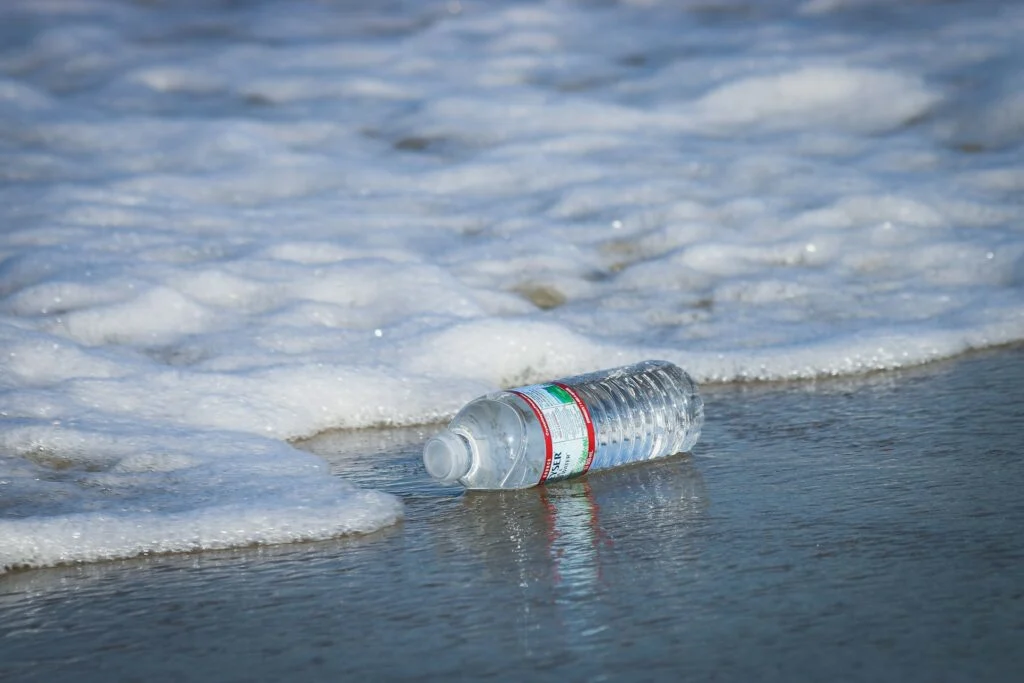
Chemicals Lurking Beneath the Surface
A groundbreaking study by the Environmental Working Group (EWG) uncovered a surprising range of contaminants in bottled water. Testing ten well-known brands, researchers found an average of eight pollutants per brand—a startling revelation given the industry’s “purer than tap” reputation.
Among the substances identified were:
-
Caffeine – an unexpected stimulant.
-
Acetaminophen – a common over-the-counter painkiller.
-
Fertilizers – residues that hint at agricultural runoff.
-
Industrial solvents – potential remnants of chemical processes.
-
Plastic-derived compounds – leaching from the very bottles that hold the water.
-
Strontium – a radioactive element.
-
Chlorine byproducts (trihalomethanes, or THMs) – linked to cancer.
Two brands, Sam’s Choice (Wal-Mart) and Acadia (Giant Food), drew particular concern. Both contained chlorine byproducts exceeding California’s safety standards, placing them in direct conflict with health guidelines.
This not only challenges the image of bottled water as “cleaner” than tap but also raises questions about regulation. In many cases, bottled water is subject to less rigorous oversight than municipal tap water, which is regularly tested and publicly reported.
Chlorine: Protector and Threat
Chlorine has been hailed as a lifesaver for more than a century, credited with drastically reducing deadly waterborne diseases such as cholera and typhoid. Yet, its very success comes with a hidden cost.
When chlorine reacts with organic matter in water, it can form disinfection byproducts (DBPs). Chief among these are trihalomethanes (THMs), which research has linked to increased risks of bladder, colon, and possibly other cancers.
Other health impacts include:
-
Haloacetic acids (HAAs): associated with reproductive and developmental risks.
-
Respiratory irritation: showering in chlorinated water can release chloroform gas, which may worsen asthma.
-
Skin and eye irritation: common with high chlorine content.
-
Possible birth defects: prenatal exposure to THMs has been linked to a higher incidence of congenital heart defects.
-
Unpleasant taste and odor: chlorine alters the sensory profile of water, making it less enjoyable to drink.
In short, while chlorine saves lives, its byproducts may introduce long-term health concerns that regulators and scientists are still grappling with.
Plastic in Every Sip: SUNY’s Global Study
Chemical contaminants are only part of the story. Another alarming revelation comes from research by the State University of New York (SUNY) at Fredonia, commissioned by Orb Media. Their global investigation tested 259 bottles from 11 major brands across nine countries, including the U.S., China, Mexico, and Brazil.
The results were staggering:
-
93% of samples contained plastic particles.
-
On average, each liter of bottled water held 325 particles.
-
Some bottles contained as many as 10,000 particles per liter.
-
Only 17 of 259 bottles tested were free of plastics.
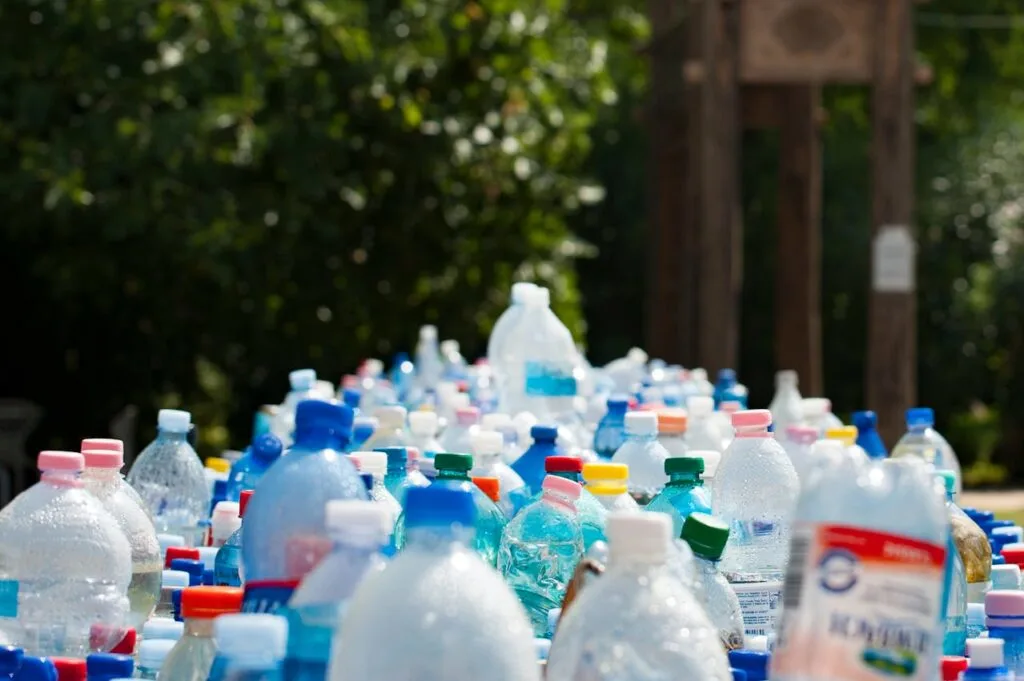
The most common fragment? Polypropylene—the very plastic used in bottle caps. Even when sealed, microscopic shavings find their way into the water you drink.
Brands tested included household names such as Aquafina (PepsiCo), Dasani (Coca-Cola), Evian (Danone), Nestlé Pure Life, and San Pellegrino.
Shockingly, bottled water contained twice as many plastic particles as tap water in SUNY’s earlier study, shattering the assumption that bottled water is the “safer” option.
The Health Risks of Microplastics
Microplastics are defined as fragments under 5 millimeters in size, but many found in bottled water are so small they can slip through human cells and tissues. Their impact on health is still being unraveled, but several risks are already raising red flags:
-
Chemical leaching: microplastics can release endocrine-disrupting chemicals like BPA and phthalates.
-
Toxin carriers: they absorb pollutants like pesticides and heavy metals, which may transfer into the body.
-
Physical irritation: jagged fragments may damage the lining of the digestive tract.
-
Bioaccumulation: particles and associated toxins may build up in organs over time.
-
Unknown effects: with research still in its infancy, the long-term consequences could be broader than we currently understand.
Scientists warn that microplastic exposure is not just an environmental issue—it is a human health issue on a global scale.
How to Protect Yourself
While the evidence can feel overwhelming, there are practical steps individuals can take to minimize exposure: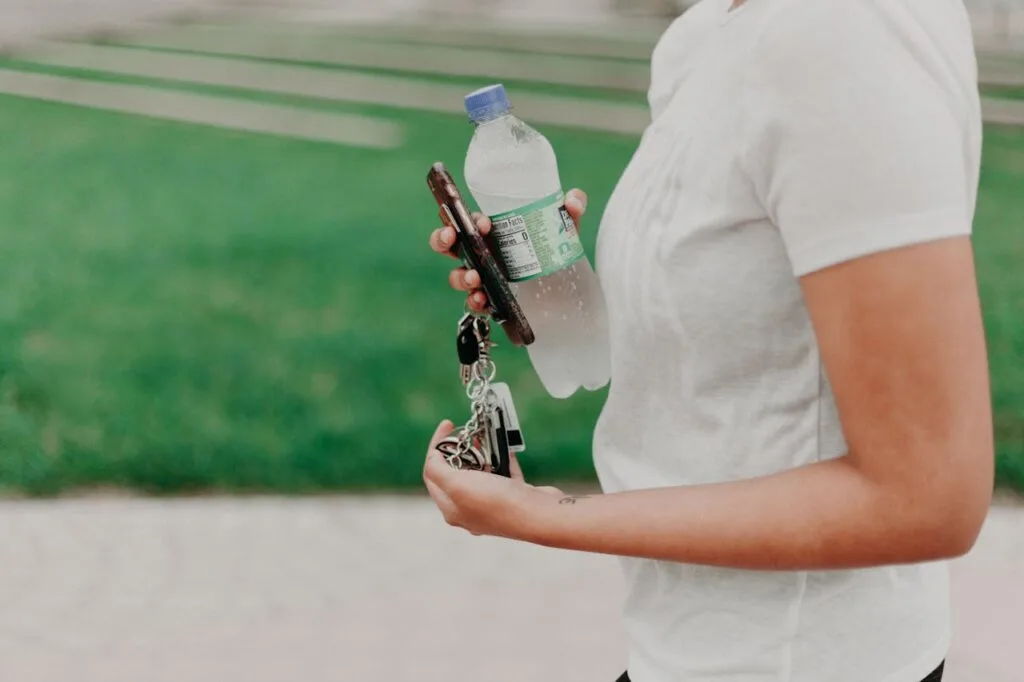
-
Choose glass or stainless steel bottles whenever possible.
-
Invest in a reliable home filtration system to reduce contaminants in tap water.
-
Avoid reusing disposable plastic bottles, especially when exposed to heat or sunlight.
-
Seek out BPA-free options if plastic is unavoidable.
-
Stay informed about brand testing results and consumer safety reports.
-
Cut down on plastic consumption overall, helping reduce demand and environmental impact.
Ultimately, the safest and most sustainable choice may be filtered tap water stored in reusable, non-plastic containers.
Rethinking the Myth of “Pure” Bottled Water
The bottled water industry thrives on a powerful illusion: that it provides something purer, safer, and superior to what flows from the tap. Yet the research paints a far more complicated picture. From chemical byproducts to microplastics, bottled water is not immune to the very contaminants consumers often seek to avoid.
This doesn’t mean hydration should come with fear—but it does call for awareness, regulation, and personal responsibility. The next time you reach for that sleek plastic bottle, remember: clarity is not the same as purity.
News in the same category


Woman who d::ied for 24 minutes before being brought back to life details exactly how it felt

‘Healthy Man’ Diagnosed With Cancer After Noticing Dog’s Bizarre Behavior Around Him

The difference between the spirit of a loved one and other forces

One Swedish man replied to all those who wondered how people live in such tiny apartments by showing his own

Expert issues warning to couples as 'menodivorce' becomes increasingly common in relationships
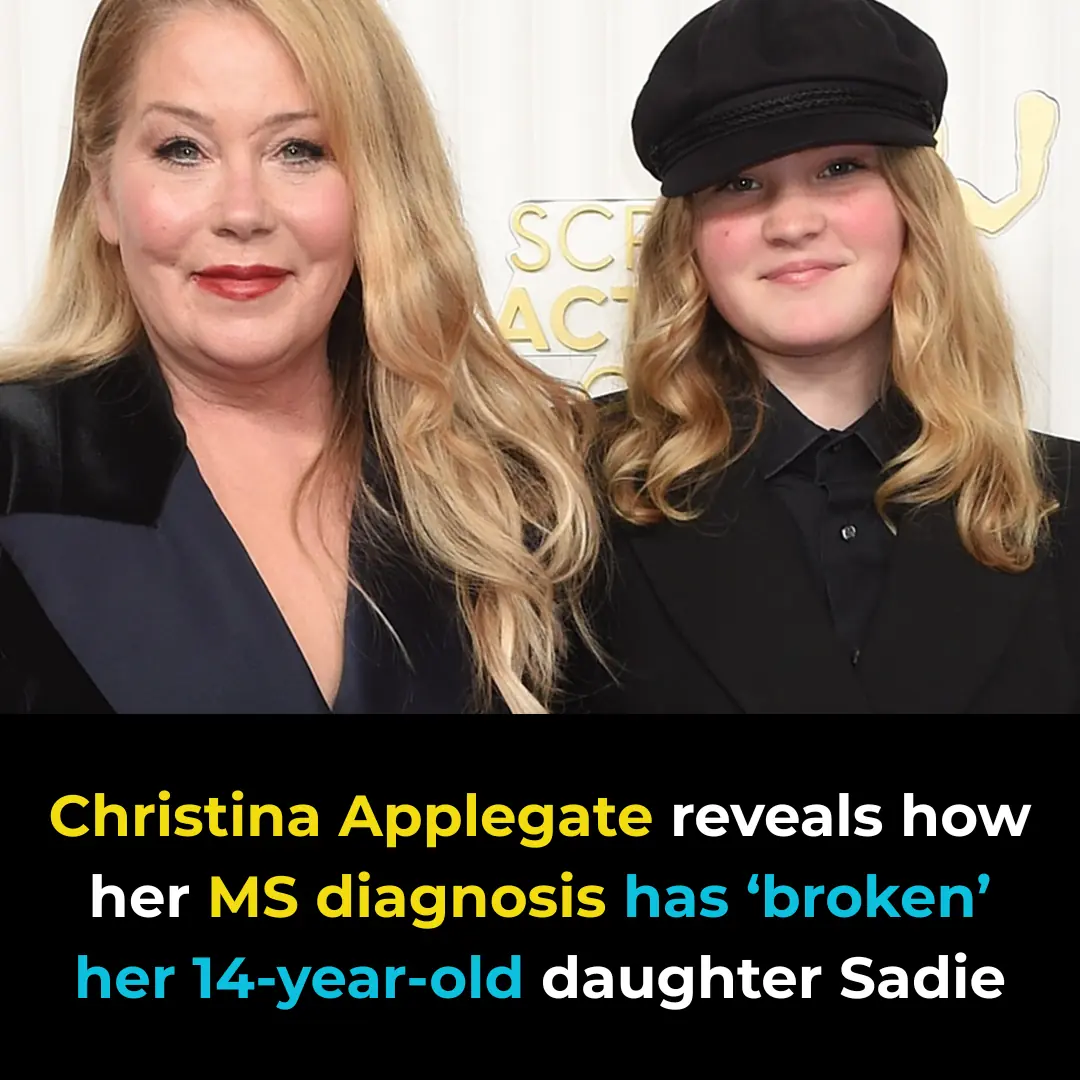
Christina Applegate reveals how her MS diagnosis has ‘broken’ her 14-year-old daughter Sadie

How True Love Shows Itself During Intimacy

‘Miracle’ Moment: Cross Necklace Stops Bullet and Saves Man’s Life

Christian Bale Built $22 Million Foster Care Village in California

Emma Stone opens up about coping with fame after revealing she would like to be called by real name

Airline sparks outrage with controversial new plus-size seating rule

Millionaire game hunter killed by same buffalo he was stalking

Donald Trump’s Niece Raises Serious Concerns Claiming He’s ‘Declining Rapidly’ and ‘Rambling’

Why Some People Can’t Handle Spicy Food

The hidden meaning of thumb rings: what they represent for women vs. men

The Small Hole on the Sink: A Feature You Never Knew You Needed

Concerned Woman: Beware of Abandoned Prams on Roadsides!

Your Character According to Your Sitting Style
News Post

5 Delicious Eating Habits That Put the Whole Family at Risk of C:ancer – Extremely Dangerous and Should Be Avoided Immediately

Be careful — one single action at the airport could ruin your en:tire life.

Condolences to those who are using these 4 types of electric kettles: Throw them away while you still can, thousands of people have already developed c:ancer.

How Magnesium Keeps Your Heart Rhythm Healthy

Why Do I Cough When Taking a Deep Breath?

Taking the Stairs Could Help You Live Longer

Purple Veins on Your Legs: When to Worry

Man develops 'pork worms' in his brain after years of doing this specific cooking habit
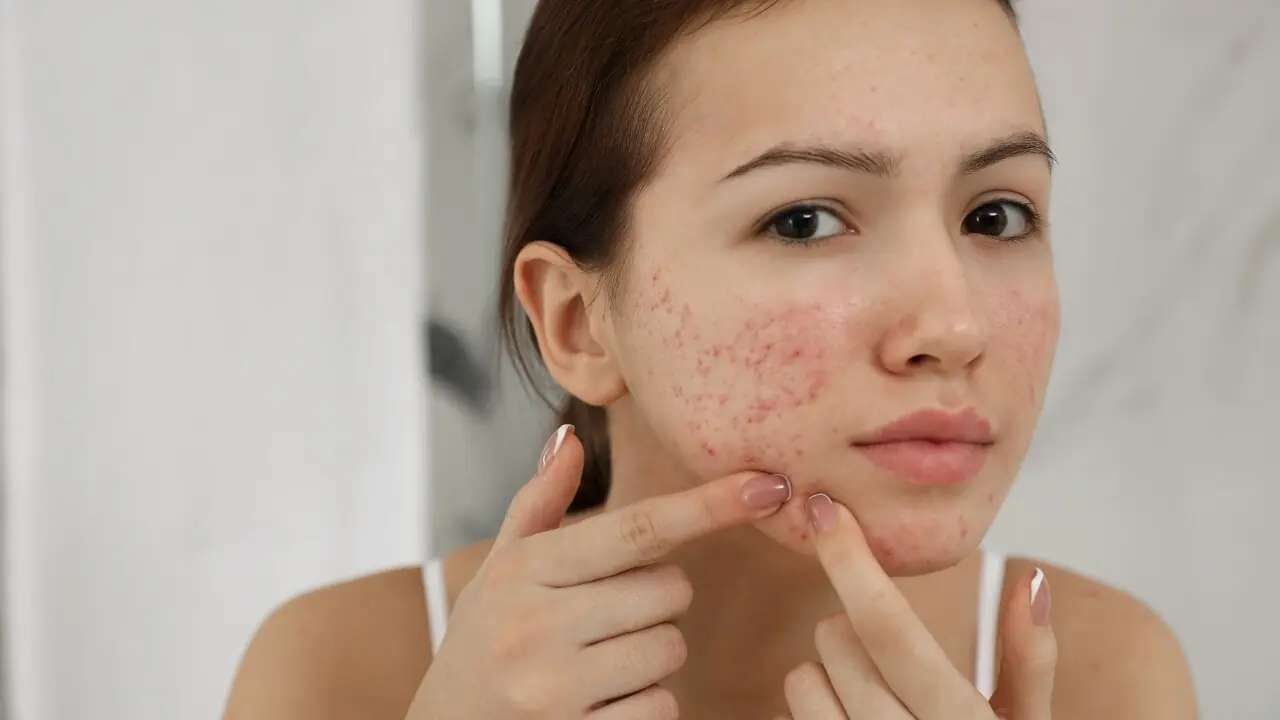
Signs Your Cortisol Is Dangerously High

Woman who d::ied for 24 minutes before being brought back to life details exactly how it felt
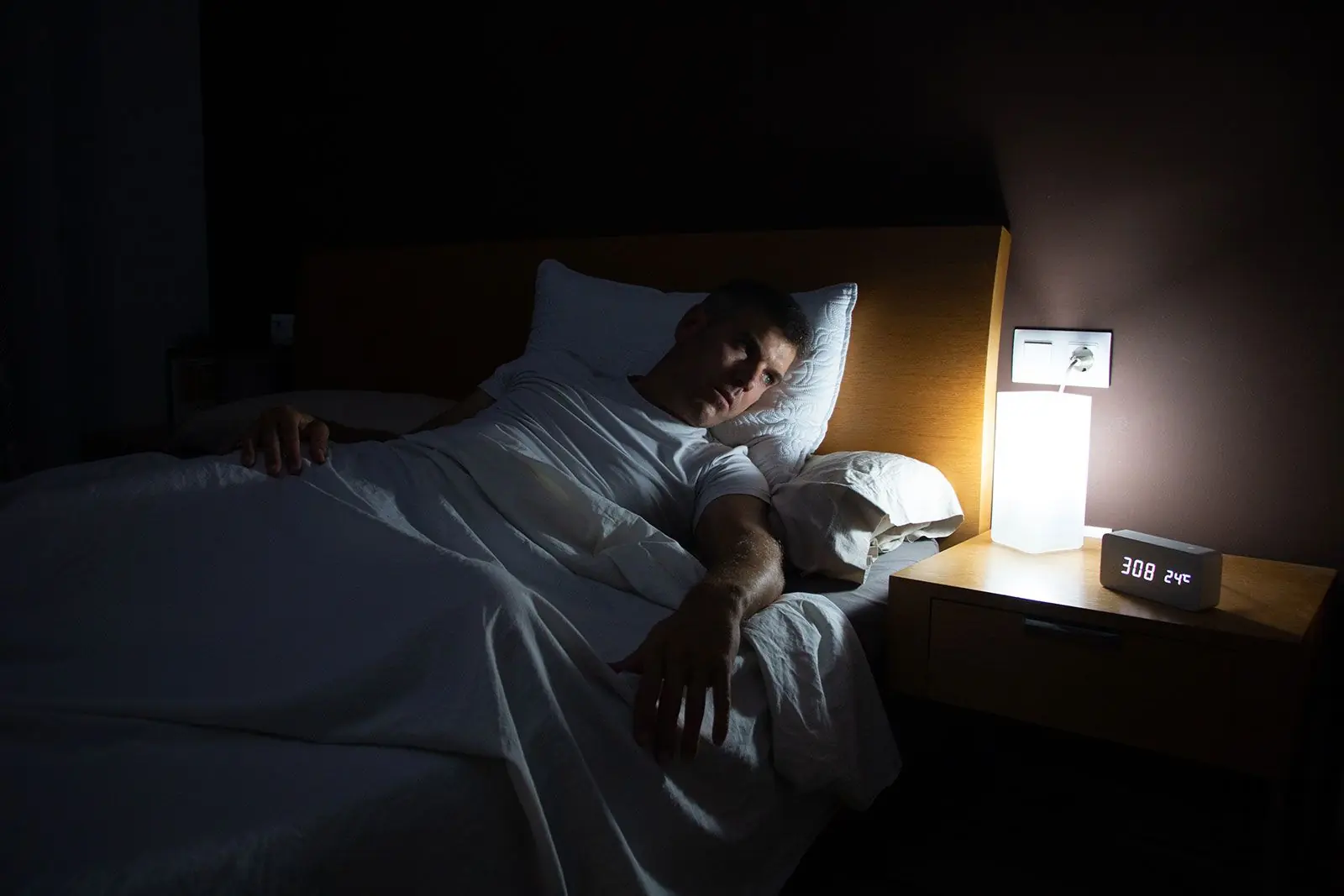
The Sleep Saboteur: The One Thing You Should Never Do When You Wake Up at Night

Nightly Habits That Could Increase Your Risk of Stroke
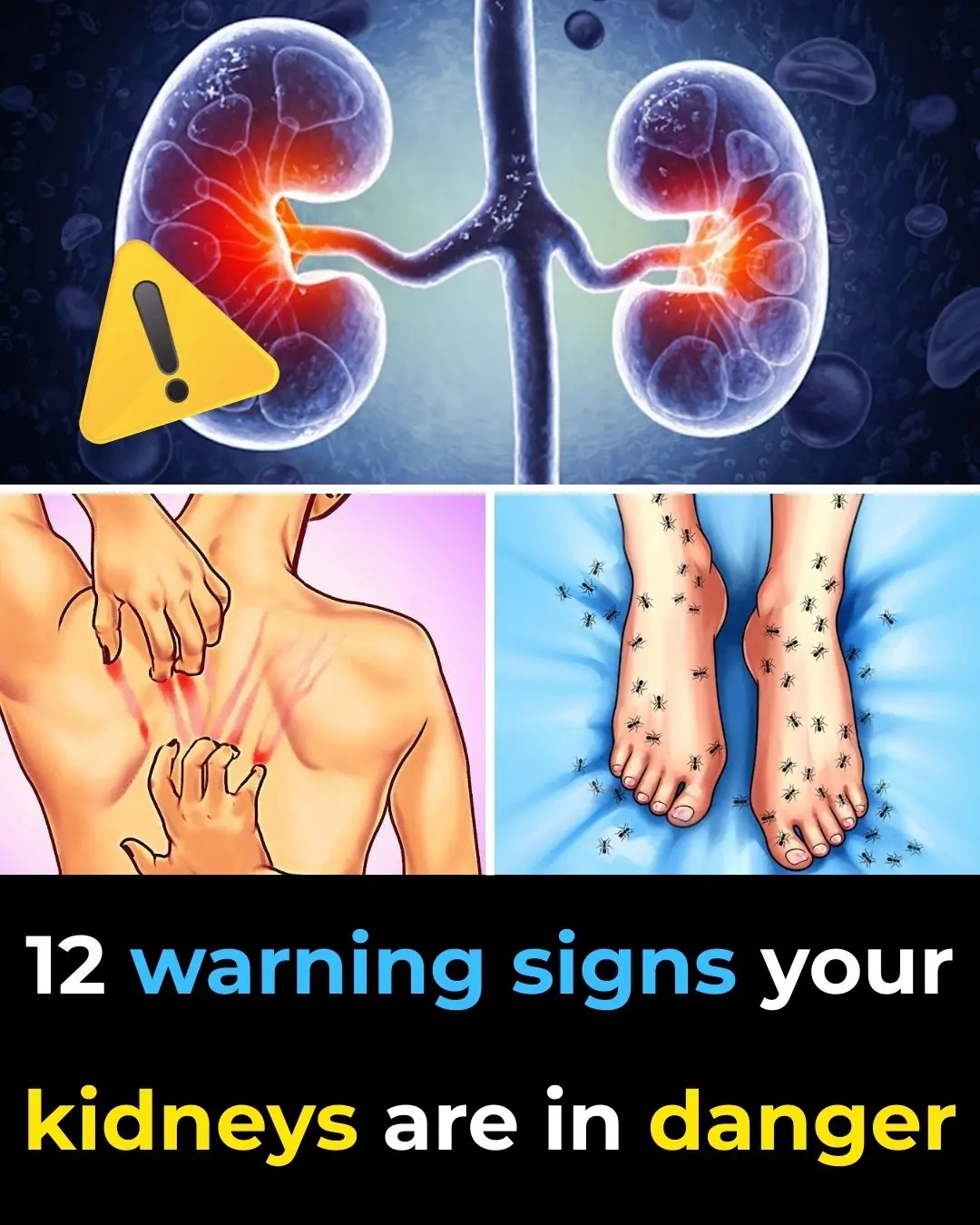
🚨 ALERT! 7 Strange Signs Your Kidneys Are Crying for Help
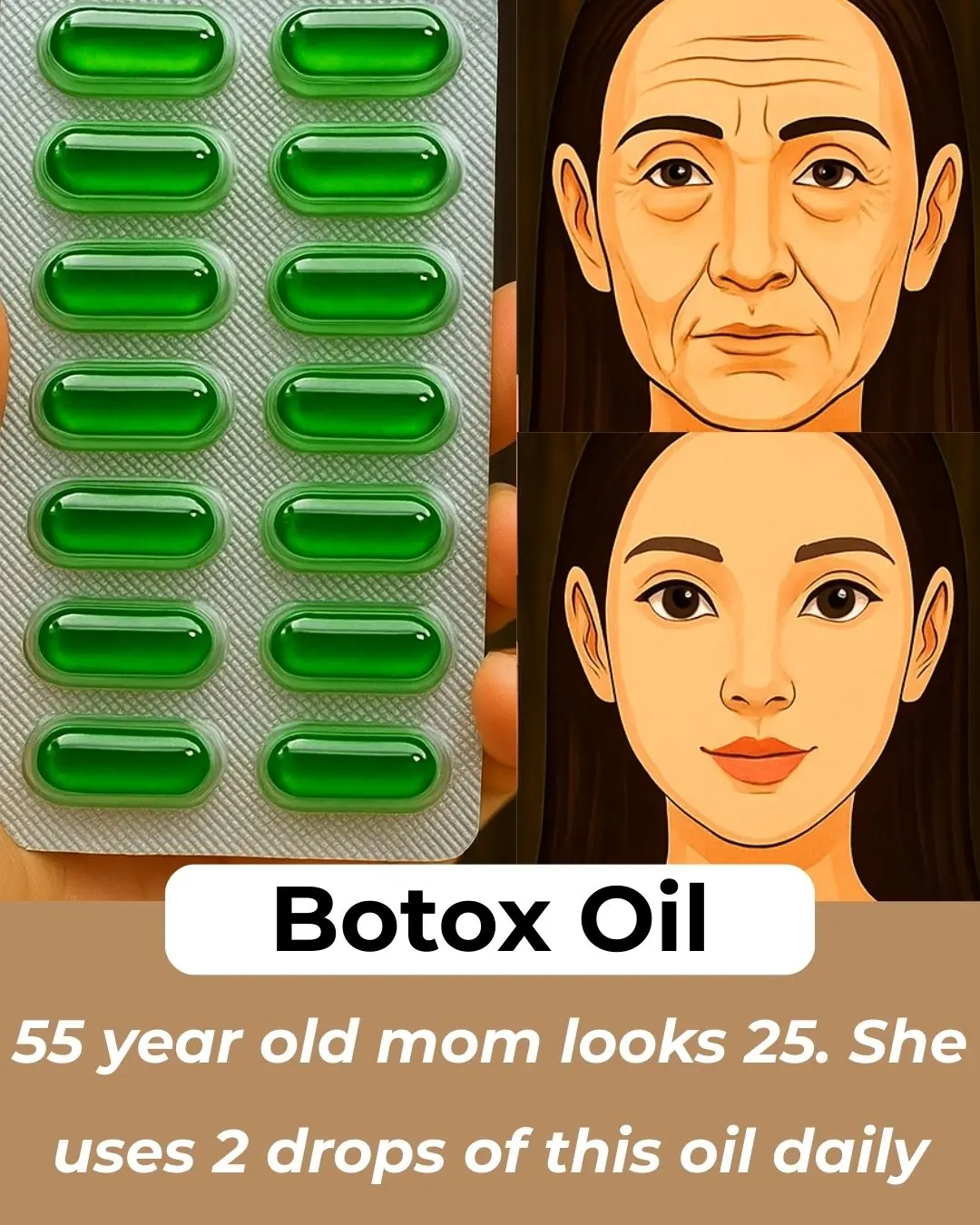
Vitamin E Oil uses for Skin – Glowing Skin, Dark Circles & Wrinkles
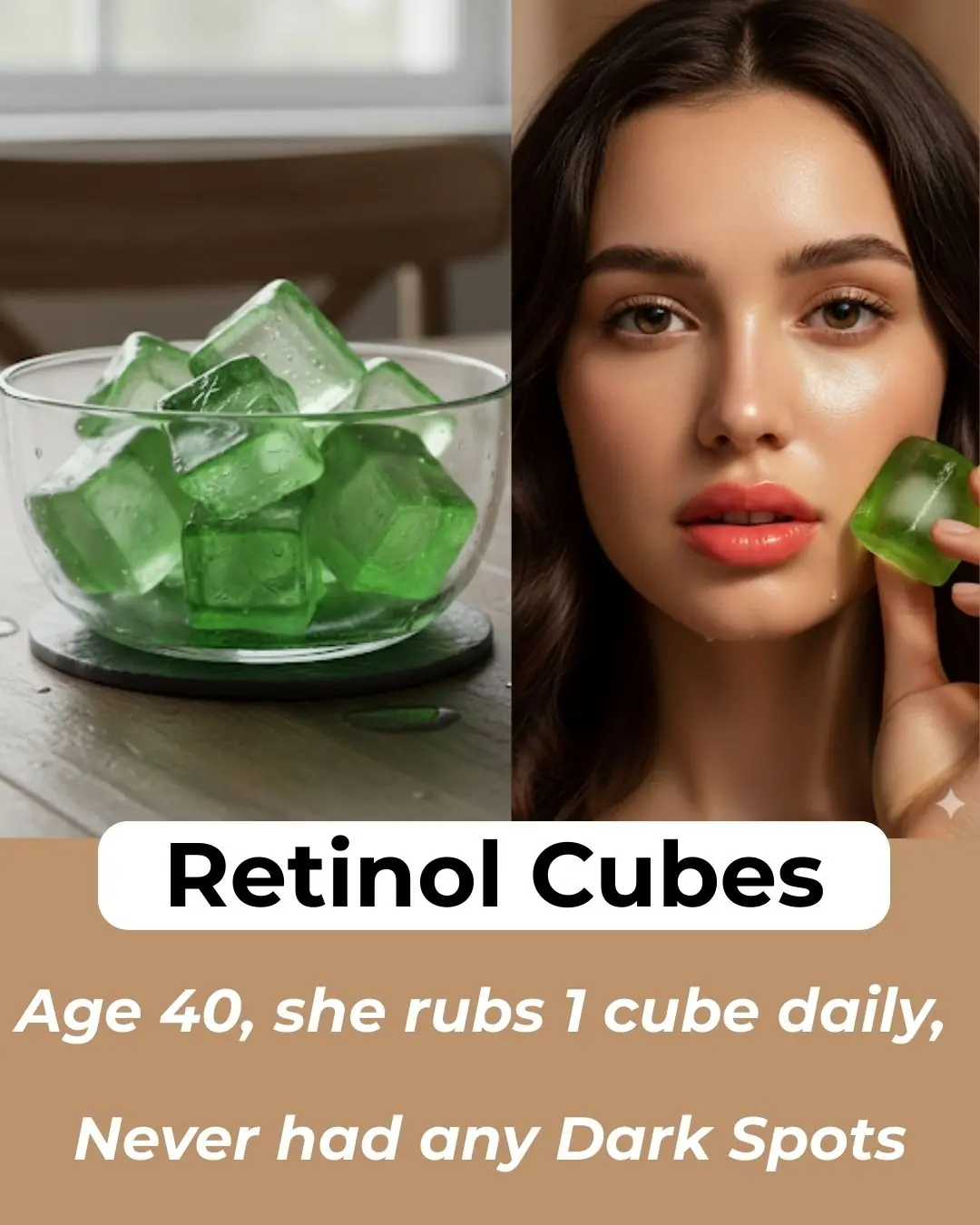
DIY Aloevera ice cubes to Remove Dark Spots & Clear Skin | Aloevera Benefits for Skin

Tips for pickling white eggplants that are crispy, do not turn black, and do not form scum when left for a long time
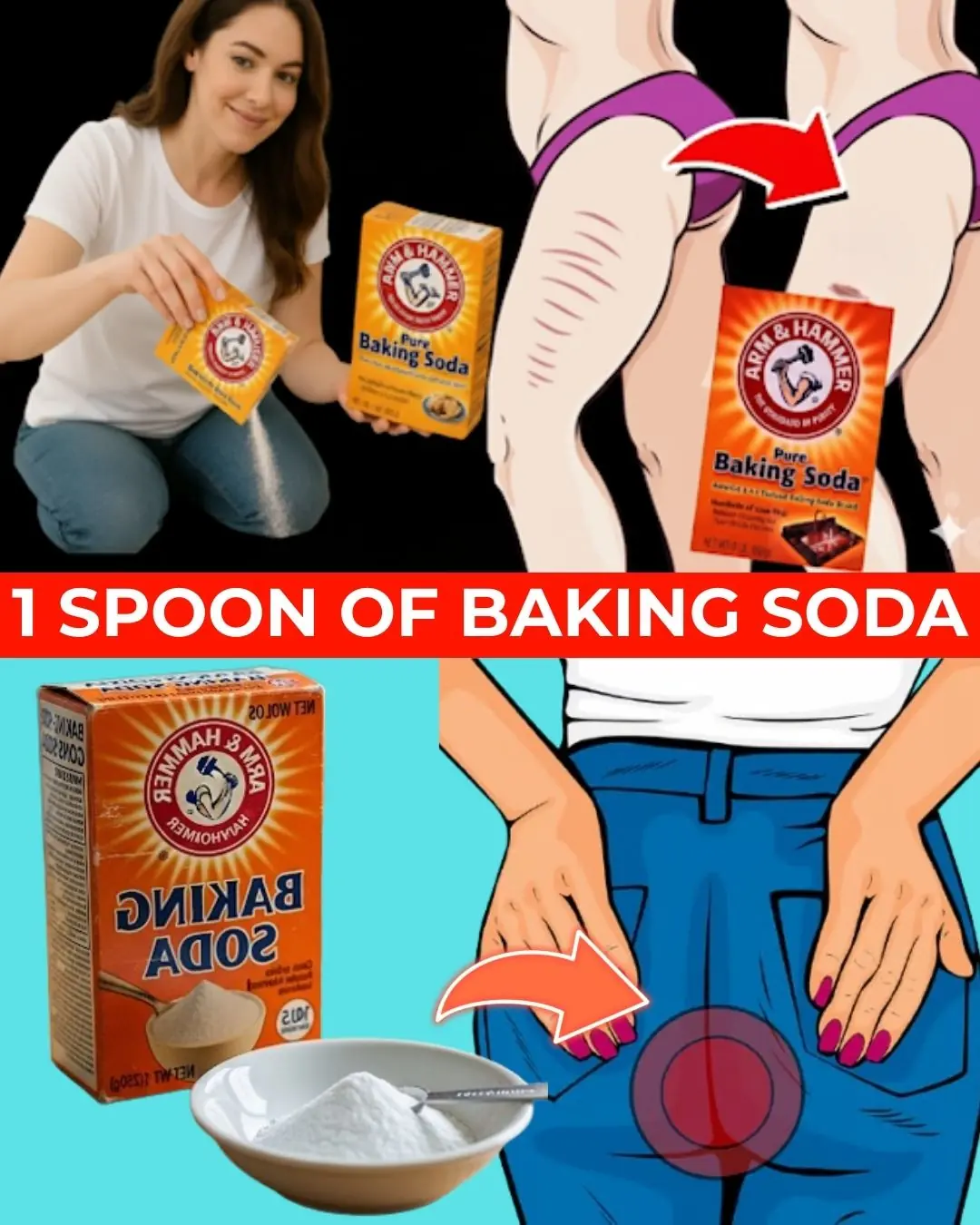
11 Secret Baking Soda Tricks for Women That Will Change Your Life!
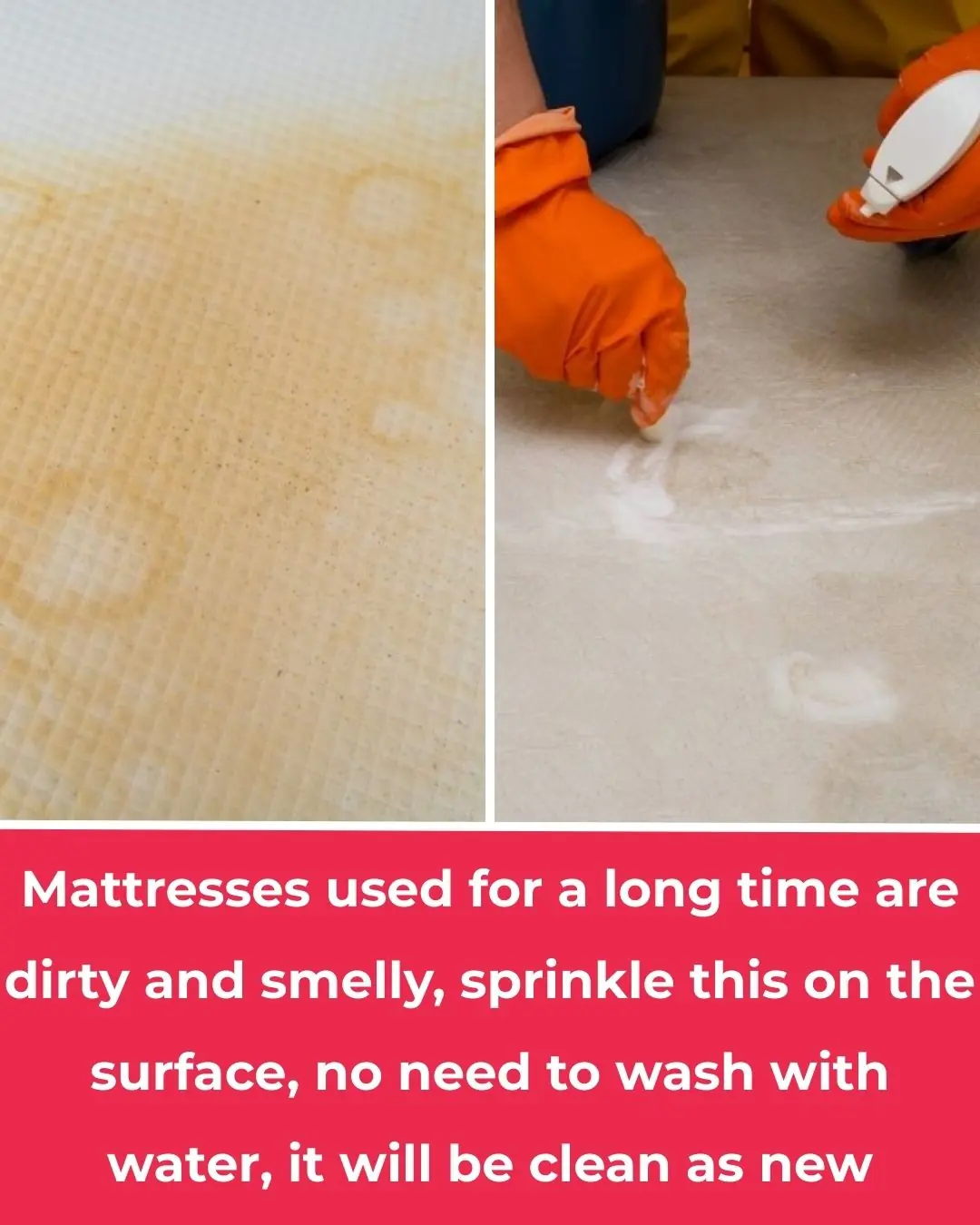
Mattresses used for a long time are dirty and smelly, sprinkle this on the surface, no need to wash with water, it will be clean as new
